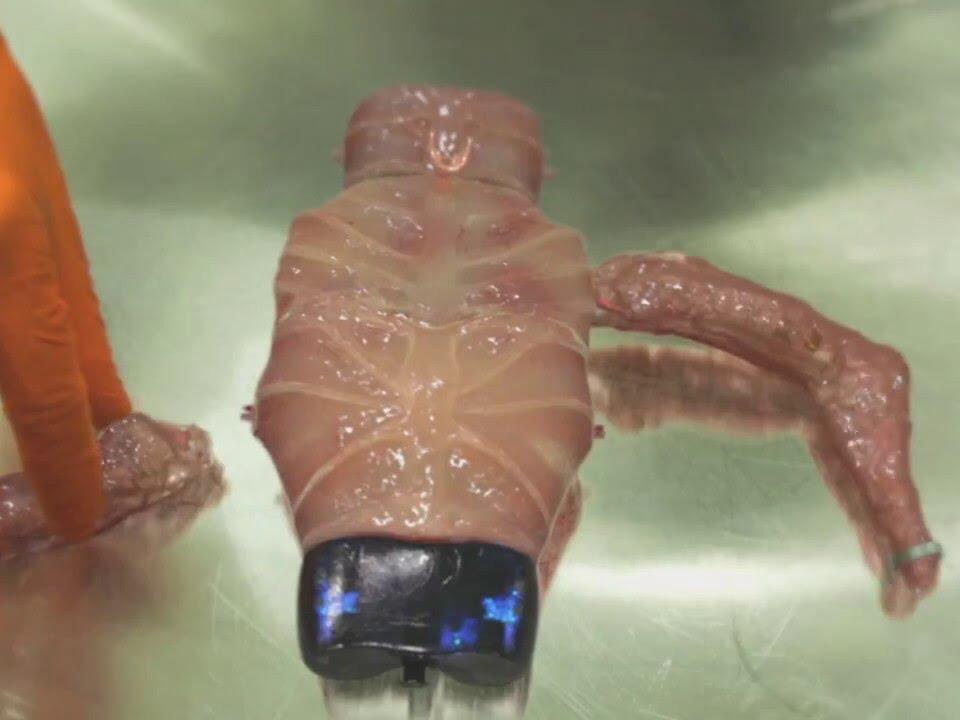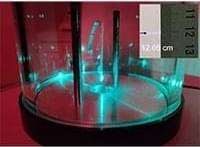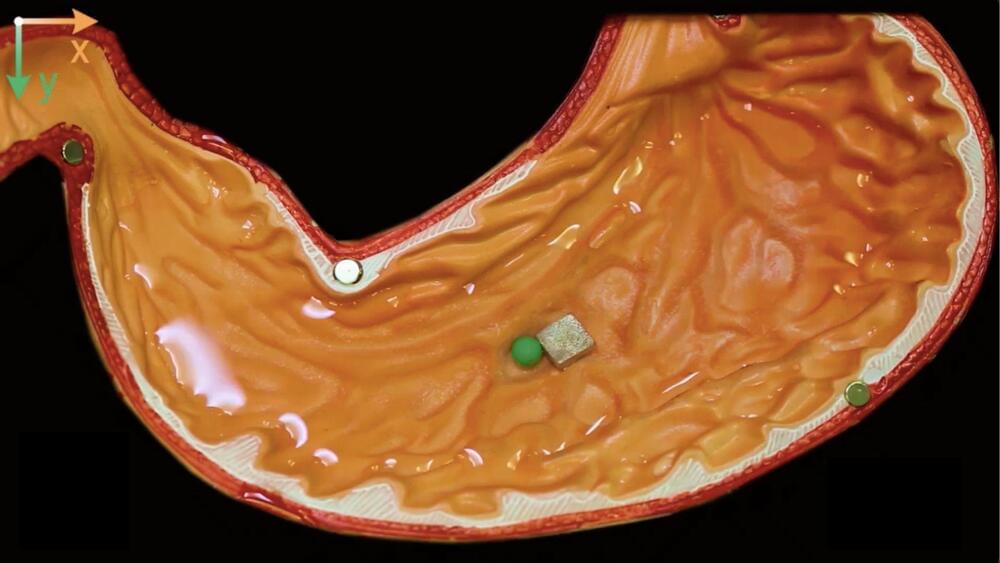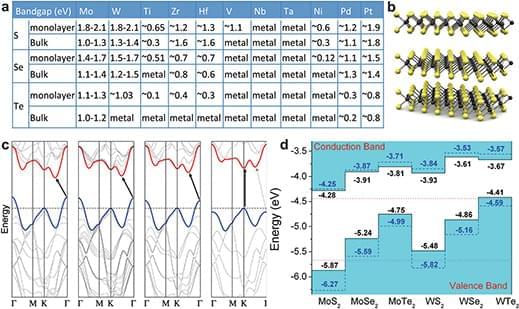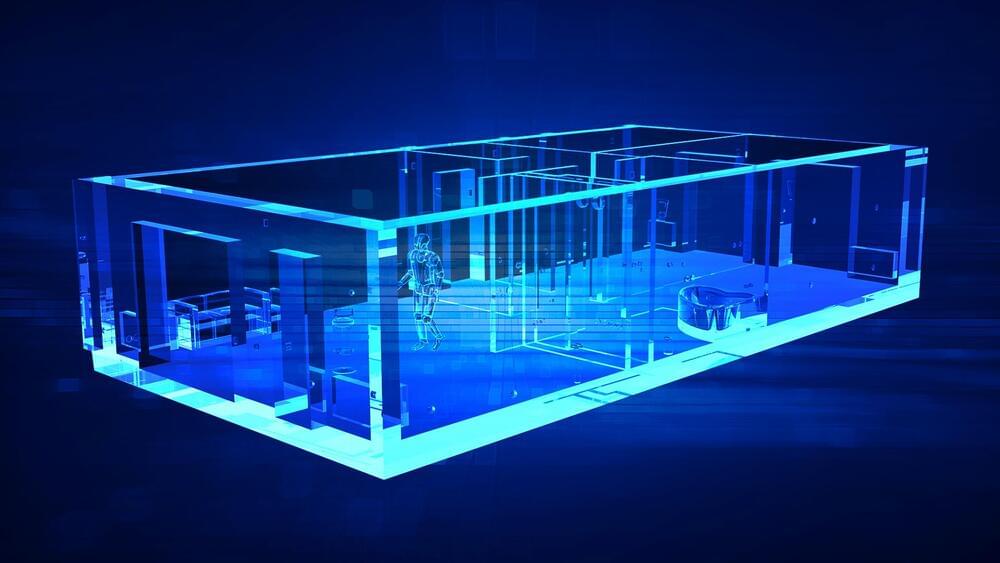The world has witnessed many bizarre things, but seeing a biological body devoid of life become functional with the help of technology is a totally new tale. OSCAR, a living being formed from human cells, was born. Cornelis Vlasman is the protagonist, a talented biologist who believes that the path less trodden is, by definition, the least interesting. He creates his own laboratory with a few like-minded people, where he experiments with organic materials on his own initiative, with his own resources, and with his own crew.
After many years of hard labor, Vlasman’s team is successful in creating new life from cells collected from his own body. Under his guidance, OSCAR, the world’s first living organism, is being built. OSCAR is a human-sized prototype built with interactive organ modules created from human cells.
In a modular system, independent modules, similar to building blocks, constitute a transformable and thus changeable arrangement.
